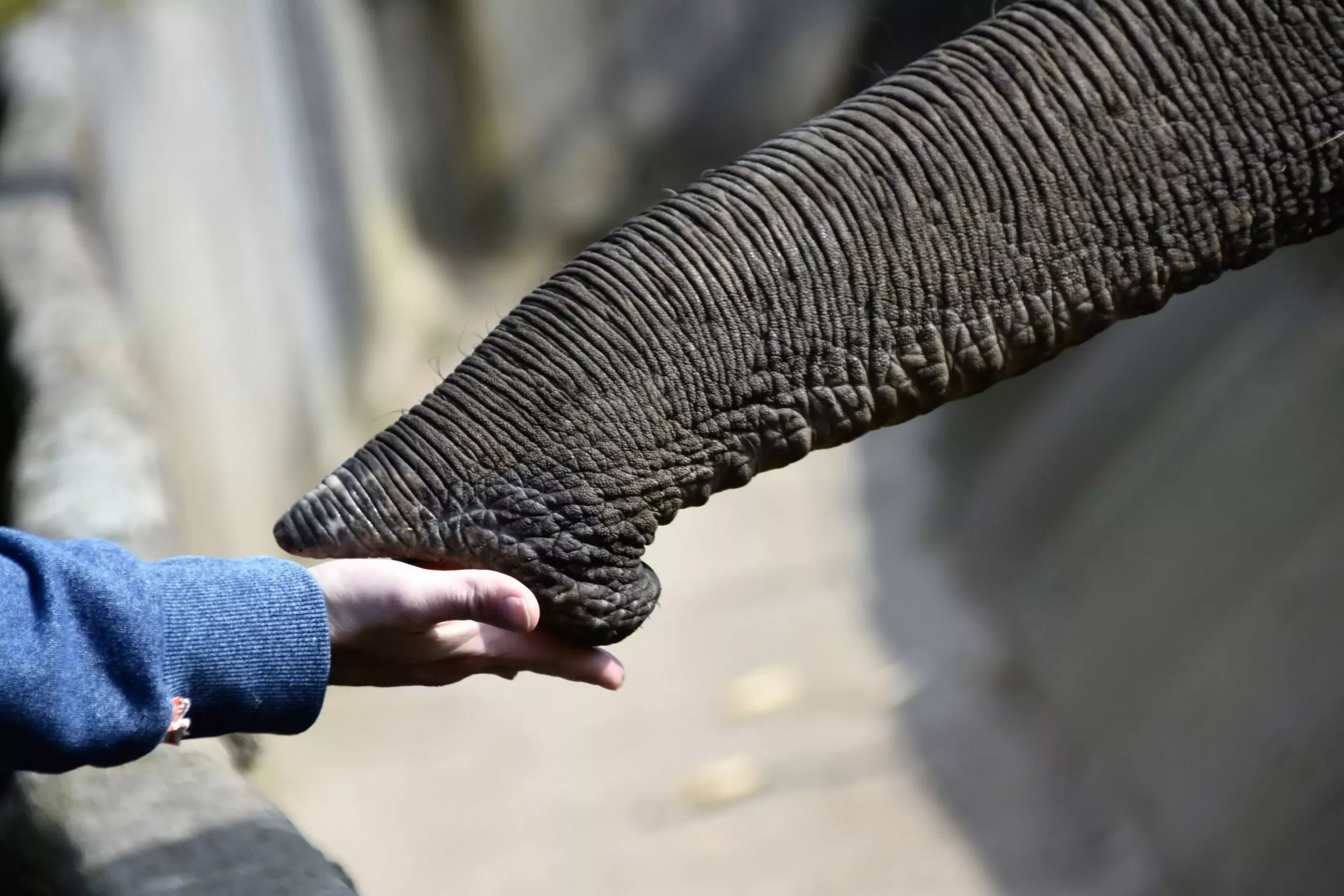The article delves into the grasping force exerted by an elephant’s trunk, shedding light on the biomechanics and gripping abilities of this remarkable organ. The research conducted by Pauline Costes and her team aimed to understand the nuances of how elephants use their trunks to manipulate and interact with objects in their environment.
The study revealed that elephants employ various techniques, including suction, pinching, and wrapping their trunks around objects to grasp them. The trunk, consisting of six muscle groups, is remarkably strong and precise, allowing elephants to perform delicate tasks with finesse. This level of dexterity is unparalleled in the animal kingdom and has inspired researchers to explore bio-inspired technology for robotics.
The findings of the research have implications for the field of robotics, particularly in the development of soft grippers that can mimic the elephant trunk’s ability to grasp objects with precision. By studying the maximum pinch force exerted by the trunk tip, researchers can improve the design of robots for tasks that require delicate handling of objects.
The study compared the pinch force of an elephant’s trunk tip to that of a human thumb and index finger, highlighting the superior grasping abilities of the former. The research demonstrated that the elephant trunk is used for high-precision tasks rather than exerting great force, which is valuable information for the design of soft grippers in robotics.
The article also discusses the diverse applications of soft robots, including their use in medicine for minimally invasive surgeries, in industries for handling fragile objects, in research for exploring challenging environments, and in agriculture for harvesting delicate produce. The adaptability of soft grippers based on the elephant trunk’s design makes them well-suited for a variety of tasks in different fields.
The researchers developed a device fitted with force sensors to measure the pinch force of an elephant’s trunk tip. The apparatus was used to test the grasping abilities of captive elephants in a zoo setting, providing valuable insights into how the position of the trunk influences the force exerted. The meticulous data collection process involved training the elephants to interact with the device and perform gripping tasks.
In addition to advancing robotics technology, the research also contributes to elephant conservation efforts by studying how different groups of elephants use their trunks for grasping in various habitats. Understanding the relationship between trunk grasping techniques and environmental factors can help conservationists anticipate how climate change may impact elephant feeding behavior in the future.
Overall, the article provides a comprehensive analysis of the grasping force in an elephant’s trunk, highlighting the biomechanical complexity and precision of this unique organ. By studying and replicating these abilities in robotics, researchers can enhance the development of soft grippers for a wide range of applications across different industries.


Leave a Reply